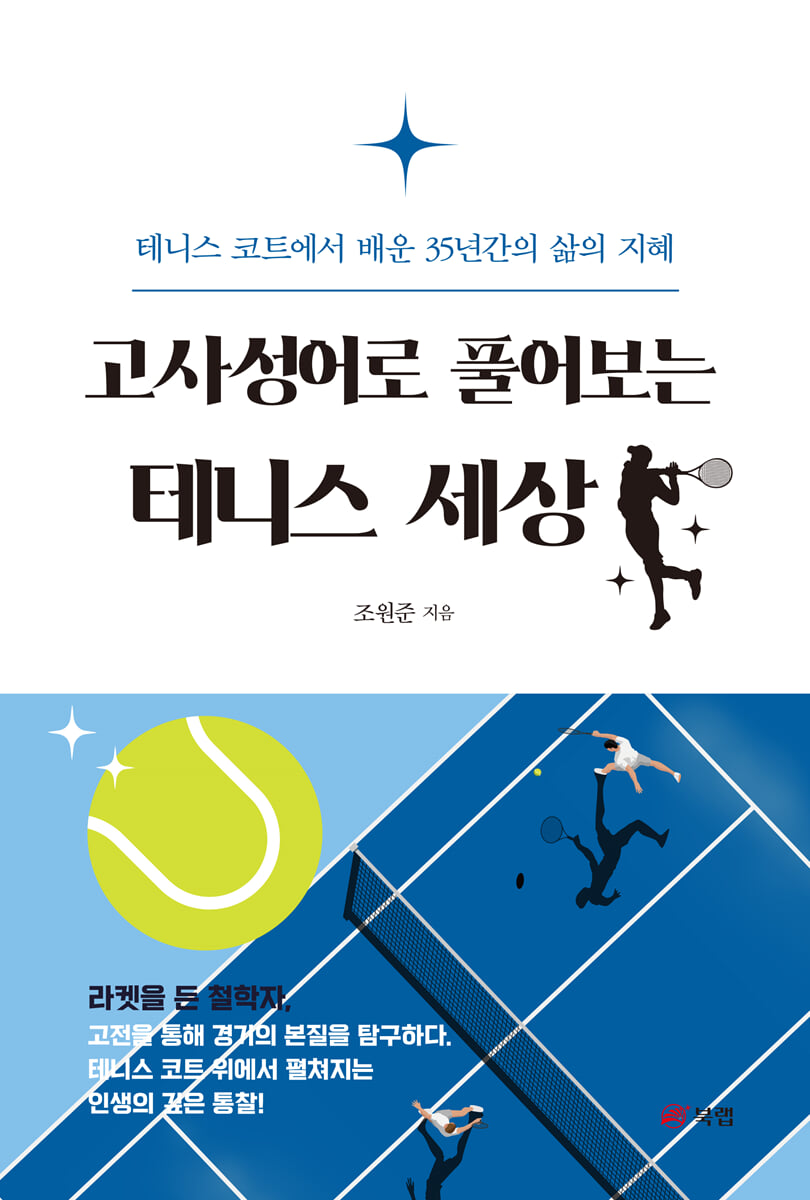34 years ago, when I was a beginner and full of energy. An elementary school in my hometown had a tennis club. At that time, I would come to the court early in the morning and watch the young students’ intense training under the guidance of the coach, listening intently to see if it would help them improve their skills, and asking if I had any questions. Although he couldn’t hit the ball, he came out early, cleaned up the court, and seemed to be impressed by the way he tried to do something on his own, so he asked him to have a practice rally with a student.
“Thank you Berry March~!”
‘No matter how much she is a player, she is a girl from elementary school… I thought,
Pang-pang-pang!
As we exchange stroke rallies, the distance of my return ball gets shorter and shorter due to the power of the young player who flies like a stone. The unfounded confidence that had been underestimated as a young player suddenly disappeared and he was busy and struggling alone.
‘ah… !’
‘I’m just using the dragon…’ .’
— p.49
Bang~!
You face an opponent who is skilled at net play and volleying. I sent a forehand hard strike to the lineman in front of the net, and when he responded with a volley, I thought, ‘Ugh… I thought, ‘One more time~’ and hit that place again.
Paang-!
If your opponent catches you two or three times, you will feel like you are dealing with a wall and you will momentarily think about your next shot. One is a strong attack and the other is a detour. And the shots are not only forehand flat slams, but also continuous hits and lobs.
Which one should I choose and how should I play it? Stubbornly hitting a shot that doesn’t work on an opponent only requires a lot of force from the shoulder and the ball is not sharp. If the vanguard is strong, there is a way to avoid it, but isn’t continuing to bet on the side with the lowest probability an expression of personal selfishness that does not take into account the partner and the game situation?
— p.100
First, discussing health with an arrogant and self-indulgent attitude.
Second, despising the body and valuing wealth;
Third, careless use of clothing and food that is unconscious;
Fourth, yin-yang disease, organ irregularity (陰陽幷 臟氣不定) Yin-yang and organs are not consistent;
Fifth, the inability to take medicine due to extreme emaciated body.
Sixth, trusting shamans and not trusting doctors.
What is an incurable disease that cannot be easily cured on the tennis court, and is that disease really not curable?
First, service footprint.
Second, in-out line fertilization.
Third, correcting score errors.
Fourth, your partner’s nagging.
The six evils mentioned in the masterpiece that saves even the dead are personal matters, and the individual must deal with the problems that arise as a result.
— p.149
Also, he has to dash to the net after serving, but he hesitates for a moment and is unable to move forward, only making long strokes near the baseline again. So, if the ball comes to a place that is difficult to handle, the only thought is to send it in the safest way possible.
In the end, I think it’s the difference between practice and actual performance, where the way you practiced disappears and your mind is constrained by the burden of errors. Due to the nature of the doubles game, there are constants such as conscious relationships with partners and crisis management at critical points. When anyone encounters a critical juncture, they cannot be free from any shots necessary for attack or defense due to concerns about errors. The skills I have practiced and learned are useless if I cannot use them in real life! My skills are limited to that. Isn’t this really what makes me a licensed tennis player? In a doubles game where you play with a partner, each shot affects the flow of the game, so you have to save the ball. There are a lot of things to be careful about, so the attempt itself is not easy, but you have to overcome it.
— p.199
1. Why the center is a weakness
– Empty space is created on both sides.
– It can disrupt the opponent’s combination play.
– Shots handled by the center are difficult to create angles and passing becomes difficult.
– Because it passes through the lowest part of the net, it is the safest as a preparatory shot for an attack.
2. When the ball comes to the center, priority goes to the person in front of the two players.
3. If the ball comes towards the center, the wastewater in the front line must be actively dealt with even if it is the wastewater yourself.
4. In principle, the ball that comes to the center is handled by the person where the ball came from.
If you attack the opposing team’s center standing in front of the net in a volley position, you will often be blocked by the opponent’s defense, but sometimes you will make the opponent’s rackets collide with each other, and sometimes you will just pass through, so it can be said to be a truly effective attack method.
— p.250
Like young bamboo shoots sprouting up here and there after the rain, when the rain stops, thoughts of tennis fill my mind. Normally, it’s okay when it rains, but if it rains on weekends or holidays when I could be exercising, I get very depressed.
Rain rain rain…
Look up at the sky. What if the rain thins out and shows signs of stopping? What if it stops here? The anticipation and the possibility of exercising immediately brightens my mind. After the rain, I quickly go out to the tennis court with a busy mind and body, slowly absorb the water, sprinkle some soft dirt and sand, brush it, and lightly cover it with white salt so that the skin can be seen. It feels like stepping on snow for the first time, and my heart is excited.


![[여명] K stock market worse than local real estate [여명] K stock market worse than local real estate](https://newsimg.sedaily.com/2024/10/22/2DFO3ME9F7_1.jpg)